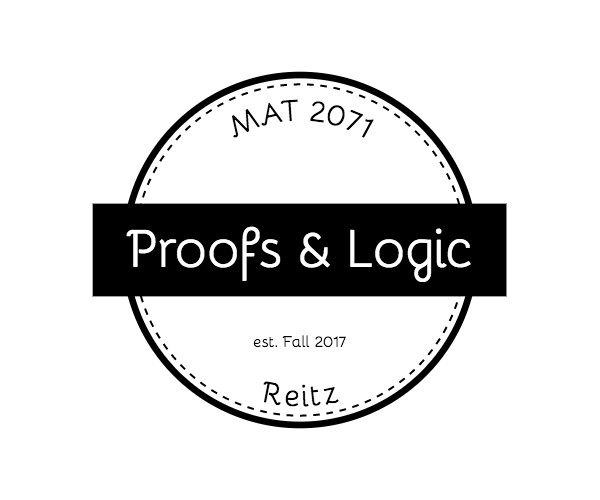Part 1
Video 1: Math Improve: Fruit by the Foot
https://www.youtube.com/watch?v=Am-a5x9DGjg
This video explains making to connected loops using candy strips or paper strips.
Video 2: Thanksgiving Turduckenen-duckenen
https://www.youtube.com/watch?v=pjrI91J6jOw
This video shows a turkey stuffed with two s stuffed with four hens stuffed with eight quail eggs. It is a mess cooking them, but it’s interesting how she was trying to say the words linearly or layer by layer and make it as music.
Video 3: The Calculus of Bad Driving
https://www.youtube.com/watch?v=pI62ANEGK6Q&t=48s
This video is talking about how the car stops depend on the slope of the line.
Part 2
I like video 1 which is about fruit by foot. It is interesting specially the part about making connected loops. I was excited about making it so I tried it using paper but instead of highlighting the edges using the same color I tried two different colors to convince myself. I learned that when we twist the stripe, one edge would be stuck to the other edge. That’s why we get the big loop which is the combination of the two edges. The small loop is just the middle part of the stripe. My question is what if we twist the stripe and cut it to four parts instead of three? I am going to try it later and see what happens.
Part 3
This video makes me wants to use material, as much as I can, to explain math to my future students because it makes math fun and much easier. I think the video is teaching and has sort of math. I also think it has some connection to the reading assignment Lockhart’s Lament. I just wish every teacher teach math in a way that makes it interesting so students wouldn’t complain about math.




Recent Comments